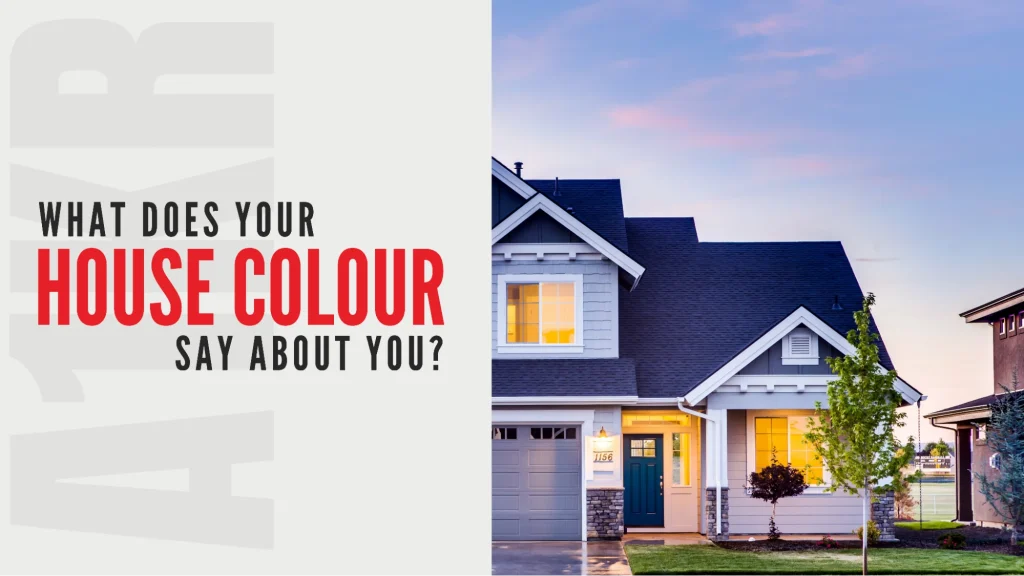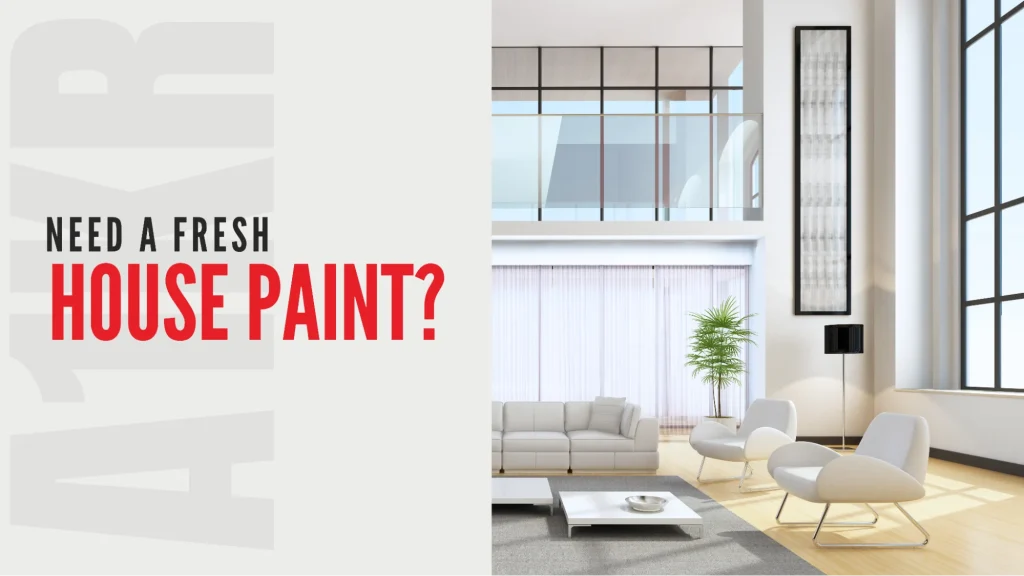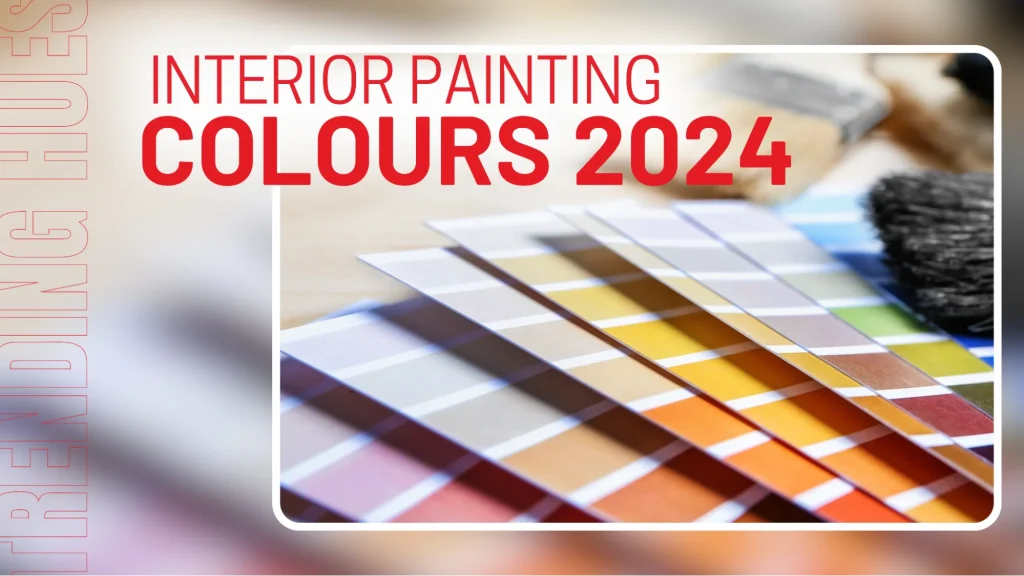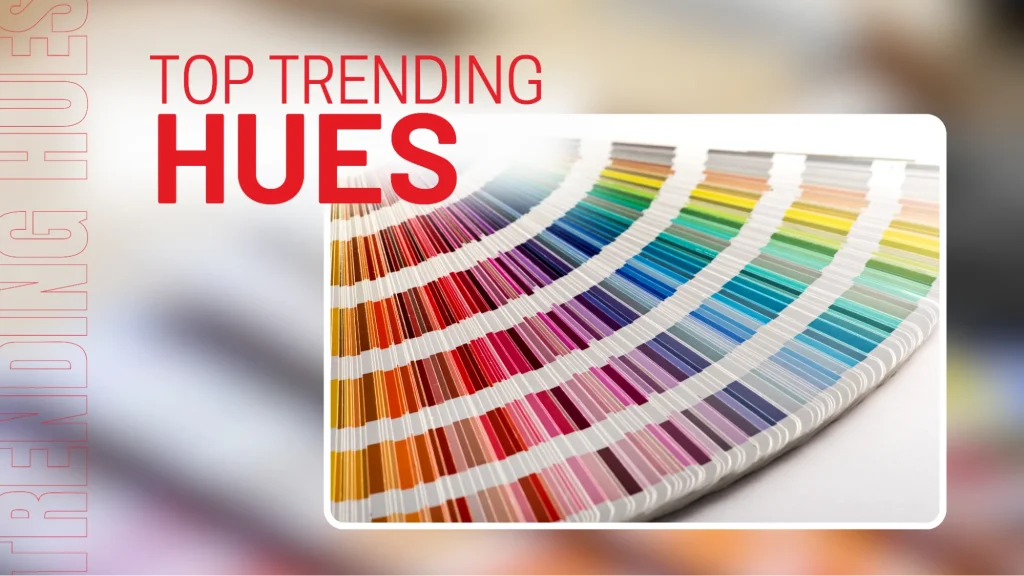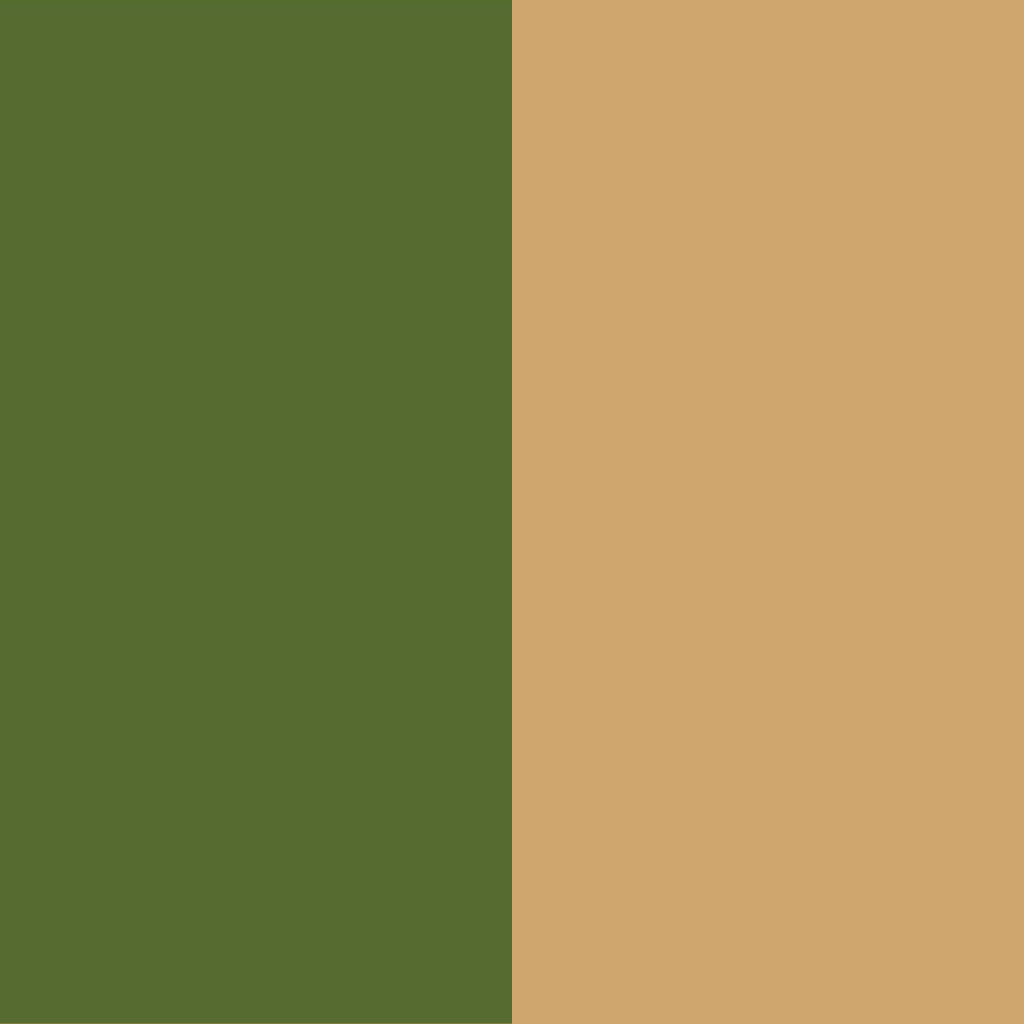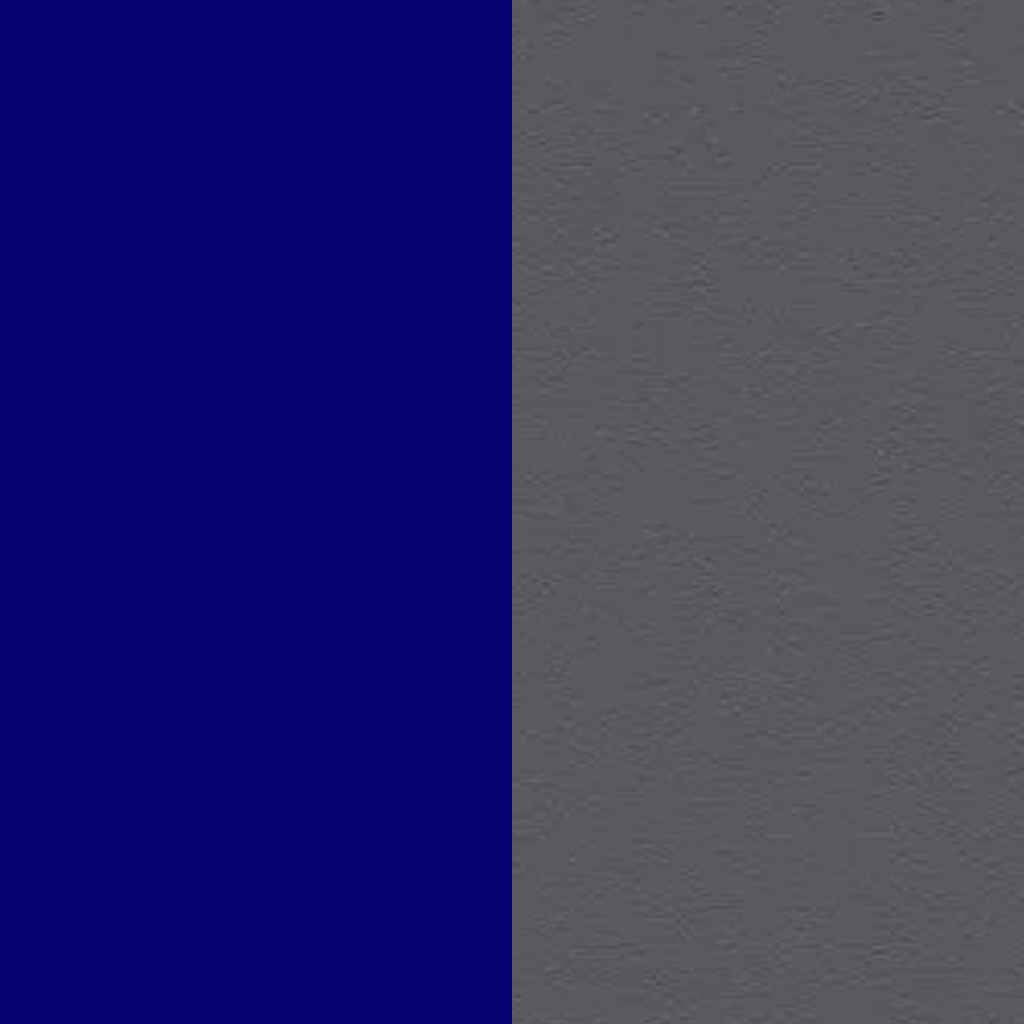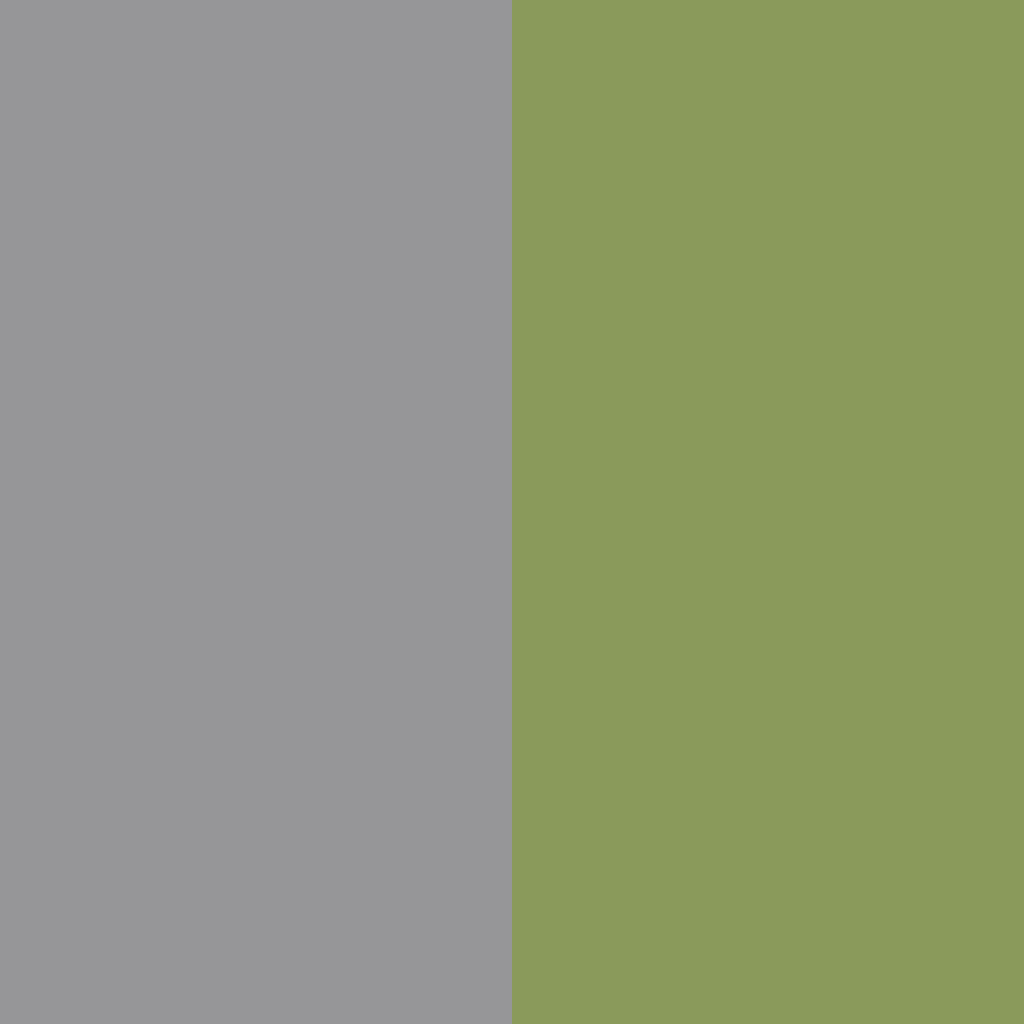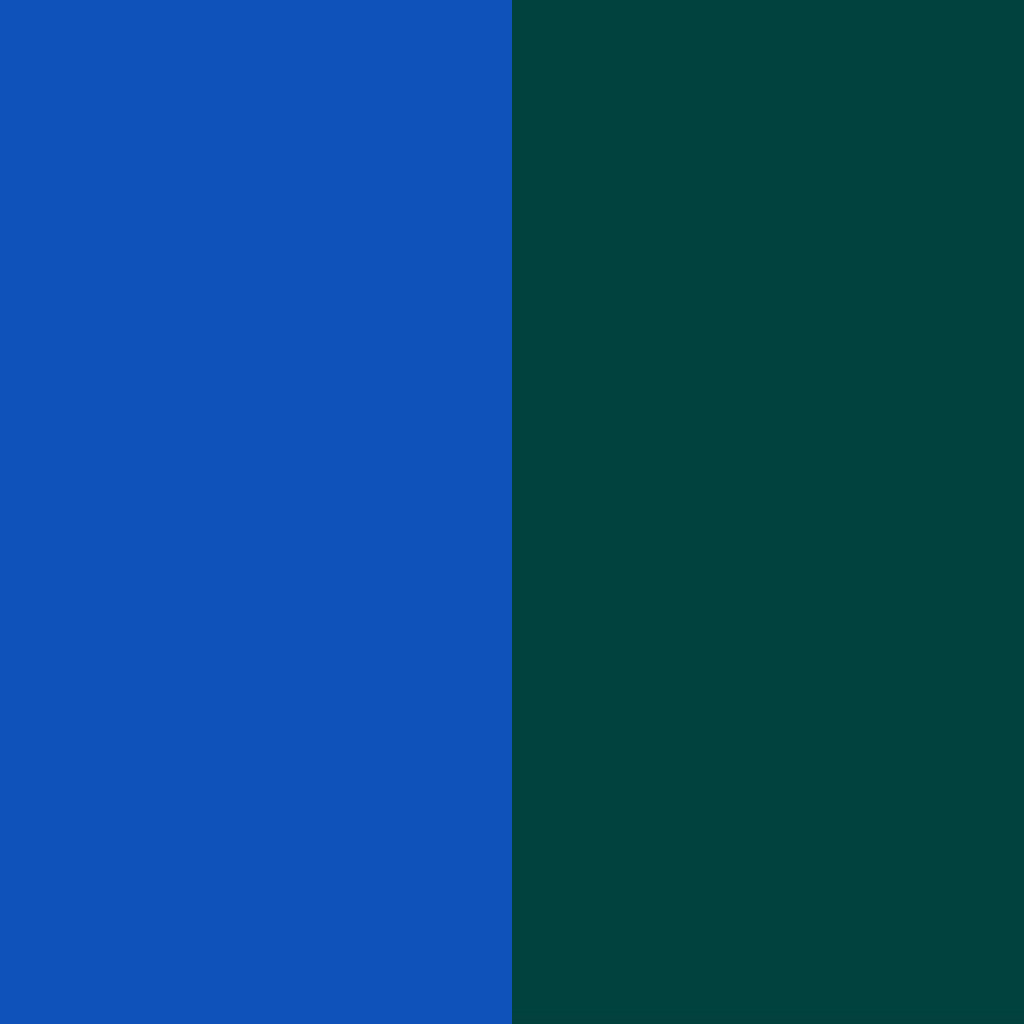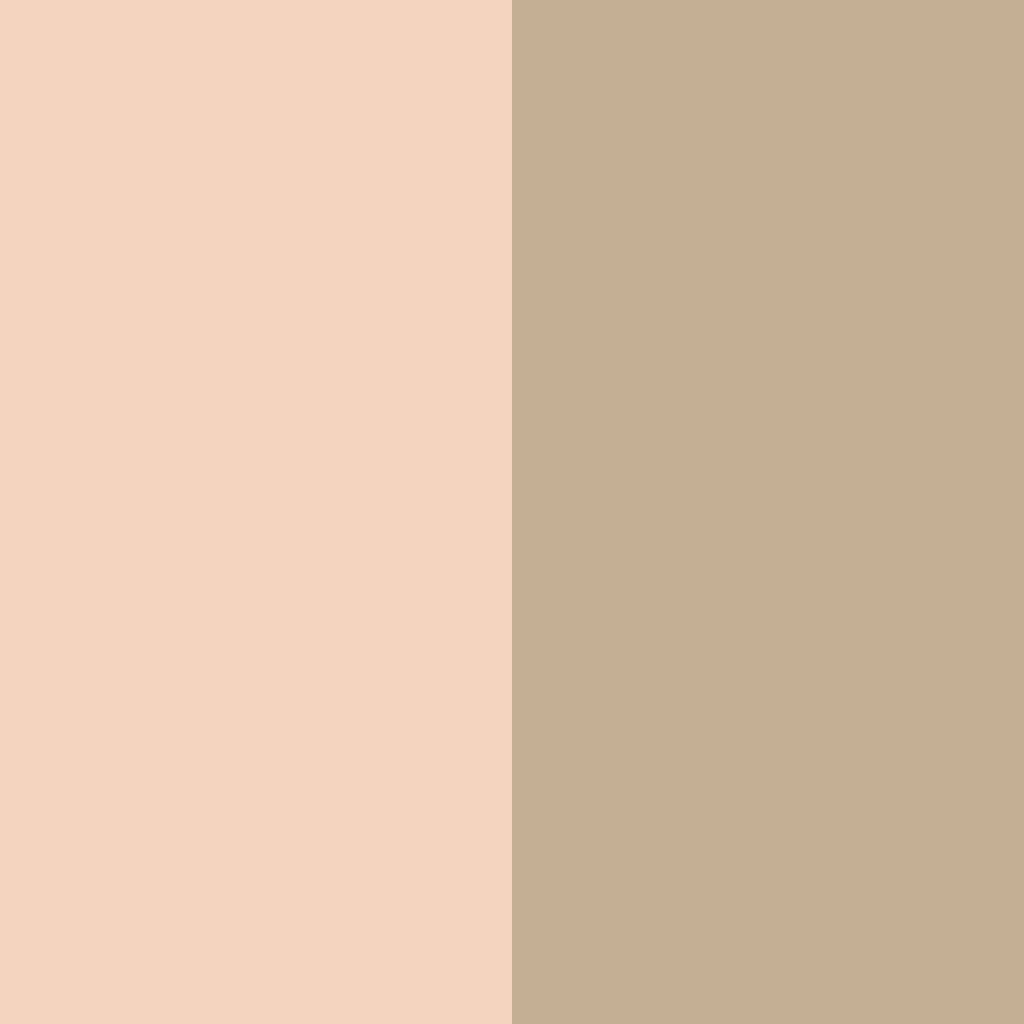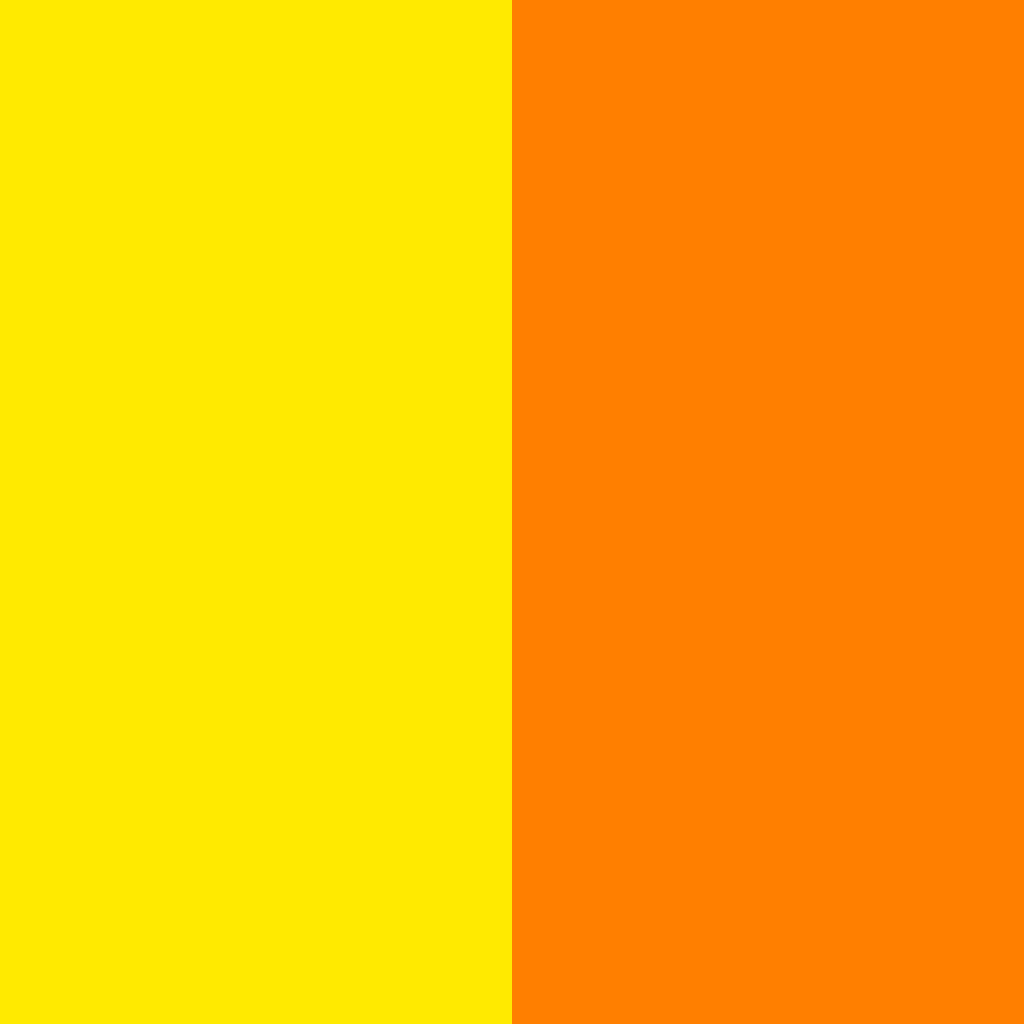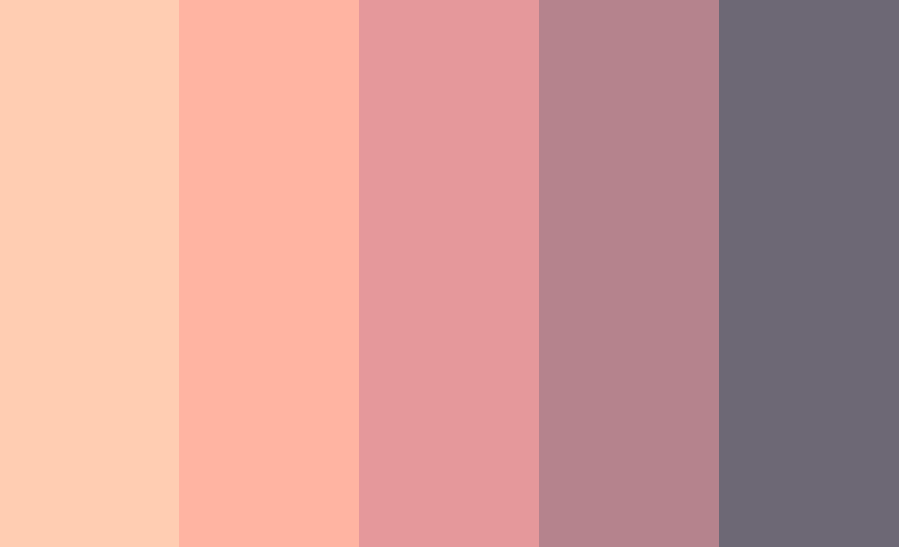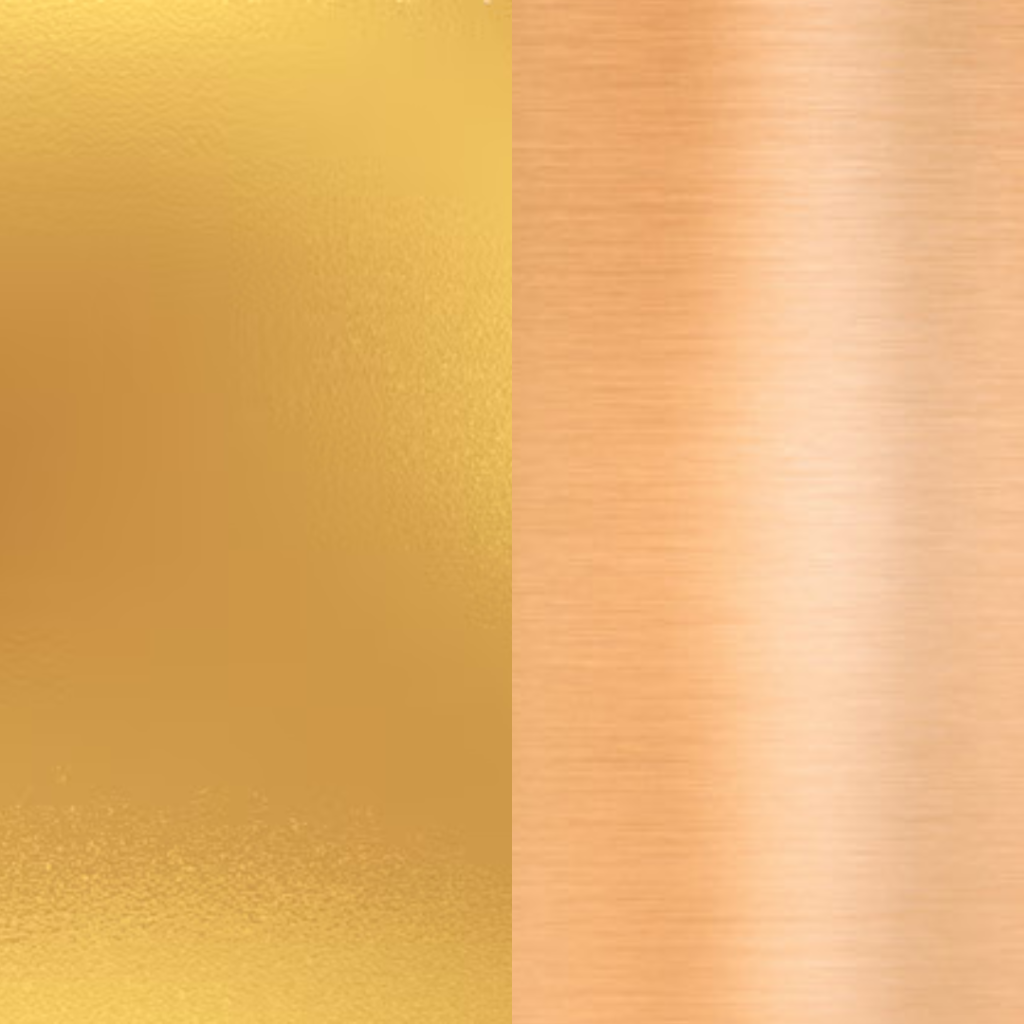
Painting is one of the easiest ways to improve the look of any space, providing a fresh, clean appearance. However, high humidity presents some challenges for painting due to the abundance of moisture in the air.
Without proper precautions, humidity can severely undermine paint jobs, leading to any number of issues both during and after painting.
Challenges for House Exterior and Interior Painting in Humid Weather
High humidity creates prime conditions for interior and exterior painting projects to encounter numerous problems during and after application. Painters must be aware of the main issues excessive moisture can cause.
When humidity levels rise, potential difficulties include extended drying times, increased risk of mildew and mould growth, adhesion loss leading to flaking and peeling, an abundance of water spots, and prevalent paint blistering. Careful preparations are required to mitigate these challenges.
Extremely Extended Drying Times
One major difficulty humidity causes is how to dry paint in high humidity and curing times for paints. With substantial ambient moisture in the air, paint layers take significantly longer to dry and fully cure compared to painting in dry conditions.
During this elongated process, the paint remains soft and highly vulnerable to scuffs, scratches, dirt pick up and other damage. High humidity can lengthen drying times dramatically – sometimes more than doubling or even tripling the standard duration stated on paint labels.
Increased Risk of Mildew and Mould Growth
The inherent dampness in humid air produces ideal conditions for unchecked mildew and mould growth to spread rapidly across surfaces, which can irreparably ruin paintwork.
Even small elevated amounts of moisture allow mildew and mould spores to swiftly propagate across walls, ceilings, and other areas. This necessitates extensive remediation including painting over affected areas. Dark, humid indoor spaces readily facilitate fast mould growth.
Paint Adhesion Problems
Many exterior substrates like wood, concrete, stucco and others are inherently porous and absorb ambient moisture from the air when humidity is high. This absorbed moisture then becomes trapped between the surface and fresh applied paint layers.
It severely interferes with proper paint adhesion, leading to blistering, cracking, peeling, or complete paint delamination exposing the raw surface underneath.
Potential for Water Spots
With chronically high humidity levels, condensation forms on surfaces while ambient moisture also penetrates into porous building materials. This moisture then becomes sealed under new paint layers if they are applied over affected damp surfaces.
Eventually the moisture evaporates after drying begins, leaving clearly visible water spots marring the painted surface. This requires repainting water-damaged areas.
Blistering and Peeling of Paint
Excess moisture that becomes trapped under exterior paint layers tries to push through and compromise the coating over time. It results in paint blisters forming that eventually rupture, peel and flake away exposing the substrate.
This paint failure can happen soon after application or even months or years later if excessive humidity persists and moisture remains sealed under layers.
8 Essential Best Practices for Painting in Humid Conditions

To overcome the obstacles of humidity, painters must take proactive measures both before and during painting. Following these essential best practices will help minimise the risks of high moisture ruining paint jobs. Here are some key tips:
- Monitor weather forecasts and pick times with low humidity/rain to paint outdoors
- Use high-quality latex paints and oil-based primers
- Ventilate indoor painting areas well — open windows or use fans.
- Run dehumidifiers in humid areas before/during painting
- Ensure all surfaces are completely dry before painting
- Follow paint manufacturer’s recommendations for drying times between coats
- Control temperature and humidity for indoor painting, ideally around 50% humidity
- Pay close attention to humidity levels, as this is the main cause of paint issues
- Take all of these precautions very seriously for best painting results
Follow these comprehensive tips from the residential and commercial painting experts at A One Korean Painting when tackling humidity:
Monitor the Weather
Monitor weather forecasts daily and only paint when hot, dry conditions under 50% humidity are predicted consistently. Avoid painting in high humidity above 50% which risks moisture-related problems. Ideal painting conditions are 40-50% humidity or lower.
Use Moisture-Resistant Paint
Invest in top-tier exterior latex paints designed to resist moisture absorption and loss of adhesion far better than lower quality or oil-based paints. The acrylic resins in latex paints resist swelling and delamination from humidity.
Apply a Primer
Prime surfaces with an oil-based primer which seals porous exteriors and acts as a protective barrier against ambient moisture penetrating into the substrate. Oil-based primers prevent water damage to paint layers.
Choose the Right Time of Day
Plan to paint in the mornings through early afternoons and avoid later evenings when humidity typically rises as temperatures drop. Analyse daily humidity patterns to discern the best low-humidity painting times.
Keep Surfaces Dry
Utilise moisture metres to check for dampness. Allow ample drying after rains or washing. Use fans, heaters or dehumidifiers if needed to fully dry surfaces before painting. Never apply paint over damp or wet surfaces.
Increase Ventilation
Actively circulate air when painting indoors via high-velocity fans in windows, keeping doors open, and running HVAC systems. Robust ventilation decreases humidity and removes solvent fumes.
Use a Dehumidifier
Keep large-capacity dehumidifiers running continuously in spaces being painted to actively decrease humidity. Monitor humidity frequently and adjust dehumidifiers to maintain optimal 40-50% or lower.
Follow Manufacturer Guidelines for Drying Times
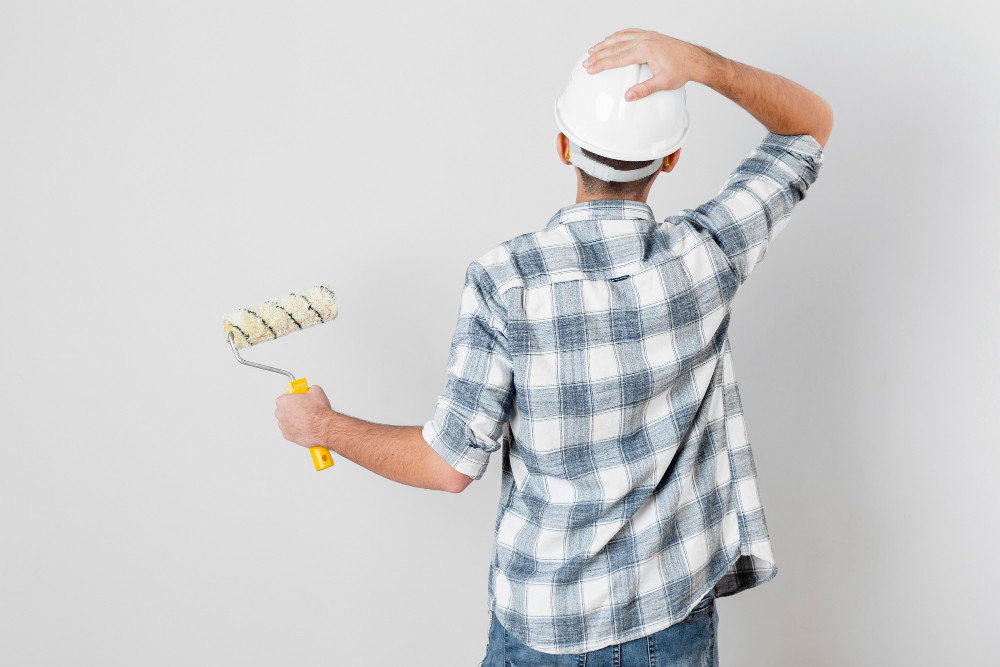
When painting in humidity, the manufacturer specified drying times between coats. High humidity slows curing, so paint stays wet longer than the label states. Only recoat when previous coats are fully cured. Check the cure by gently pressing with a knuckle – cured paint will be dry and hard.
Adjust recoat times based on humidity levels to allow proper curing between coats. This prevents trapping moisture and adhesion issues. Strictly following guidelines is key for success painting in humid conditions.
Conclusion
By proactively monitoring weather, utilising quality paints and primers, and rigorously controlling humidity, you can successfully paint in hot, humid climates without issues.
The residential and commercial painters at A One Korean Painting have the expertise to overcome humidity’s challenges and deliver flawless, long-lasting paint jobs that withstand the conditions.
Contact A One Korean Painting today to discuss solutions for your next exterior or interior painting project in humid environments. With proper preparation and products, we ensure humidity won’t compromise a durable, beautiful paint finish. Call now for dedicated, professional painting services you can rely on.


